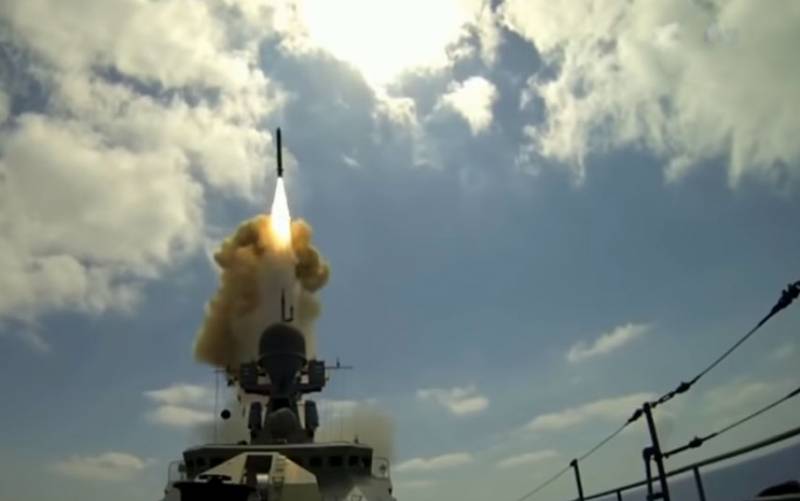The words of the Commander-in-Chief of the Navy about the "childhood diseases" of the Zircon rockets were commented on by the doctor of military sciences
The Commander-in-Chief of the Russian Navy, Admiral Nikolai Evmenov, told RIA today News that the first ship of the Militaryfleet the country armed with hypersonic anti-ship missiles Zircon will become one of the frigates of new projects. We can talk about frigates of projects 11356 (code "Petrel", the head "Admiral Grigorovich") or 22350 (the head - "Admiral Gorshkov").
Eumenov for RIA News:
According to Admiral Evmenov, the Zircons will begin to be supplied to the Russian Navy in the coming years.
Military Review asked the doctor of military sciences, professor Vladimir Dudko, to comment on the statement about "children's diseases" of Zircon anti-ship missiles. Rear Admiral Dudko is a member of the expert council of the Russian Officers organization, and is a full member of the Academy of Military Sciences.
According to Professor Dudko, the Zircon is today an unsurpassed missile, which we have created and which no potential adversaries have yet. As the doctor of military sciences notes, at the test stage, those flaws are identified that can be eliminated before being put into service.
Rear Admiral Vladimir Dudko:

Information